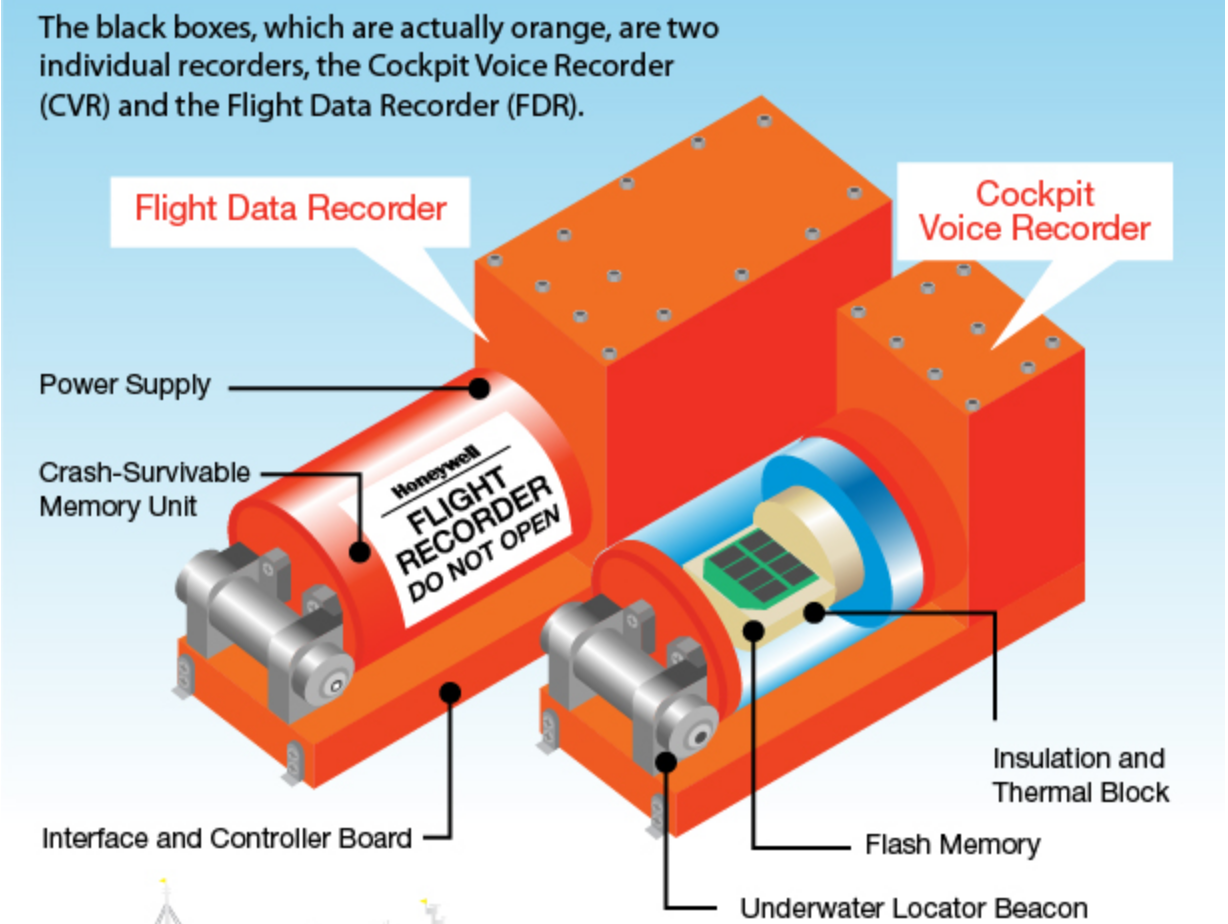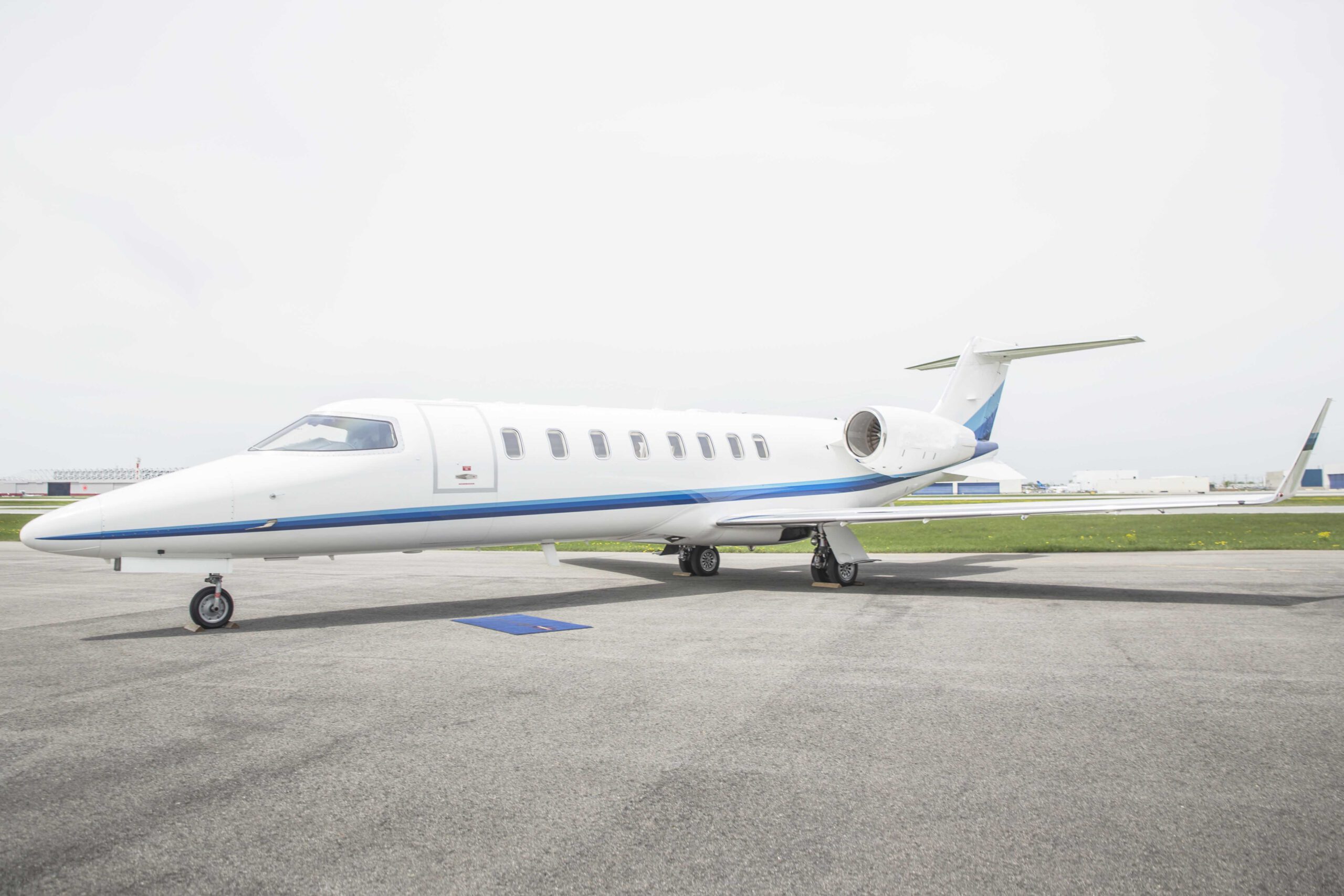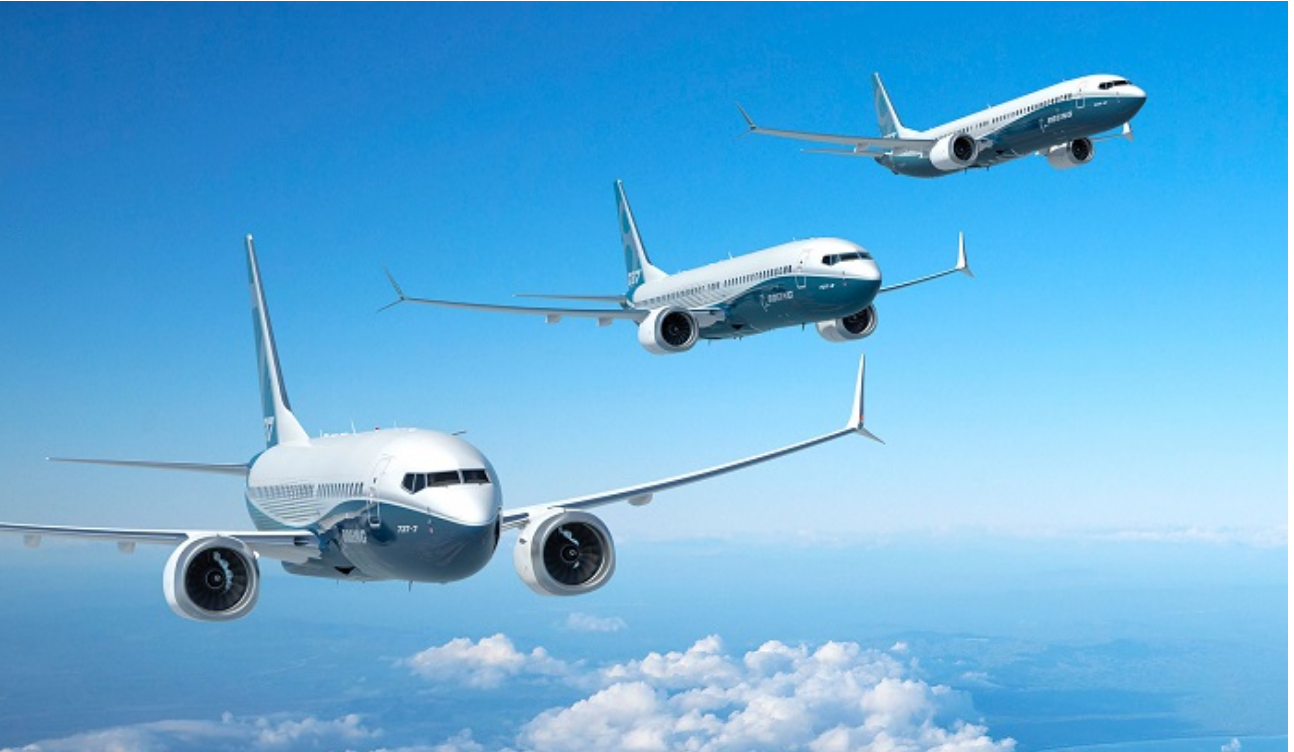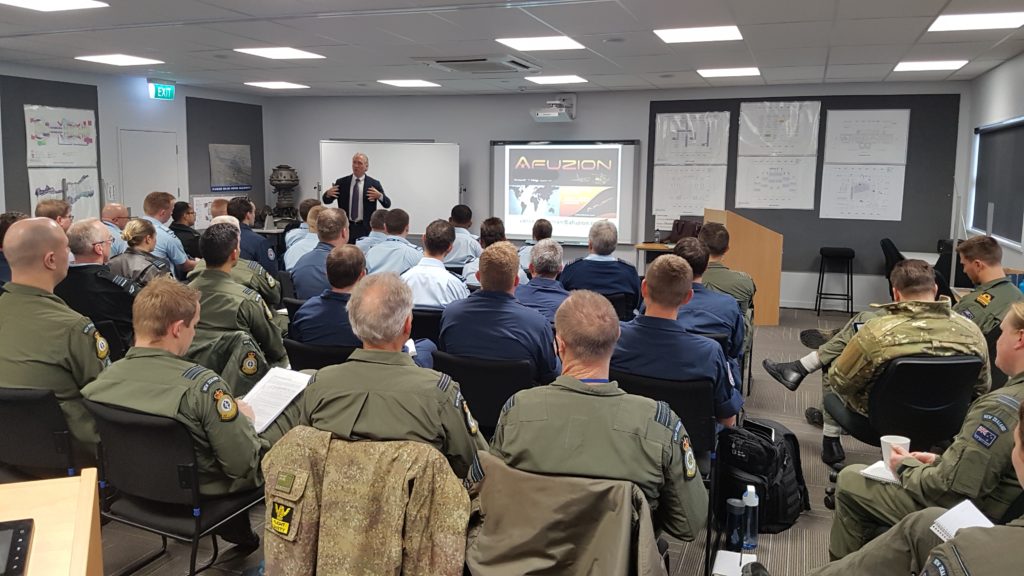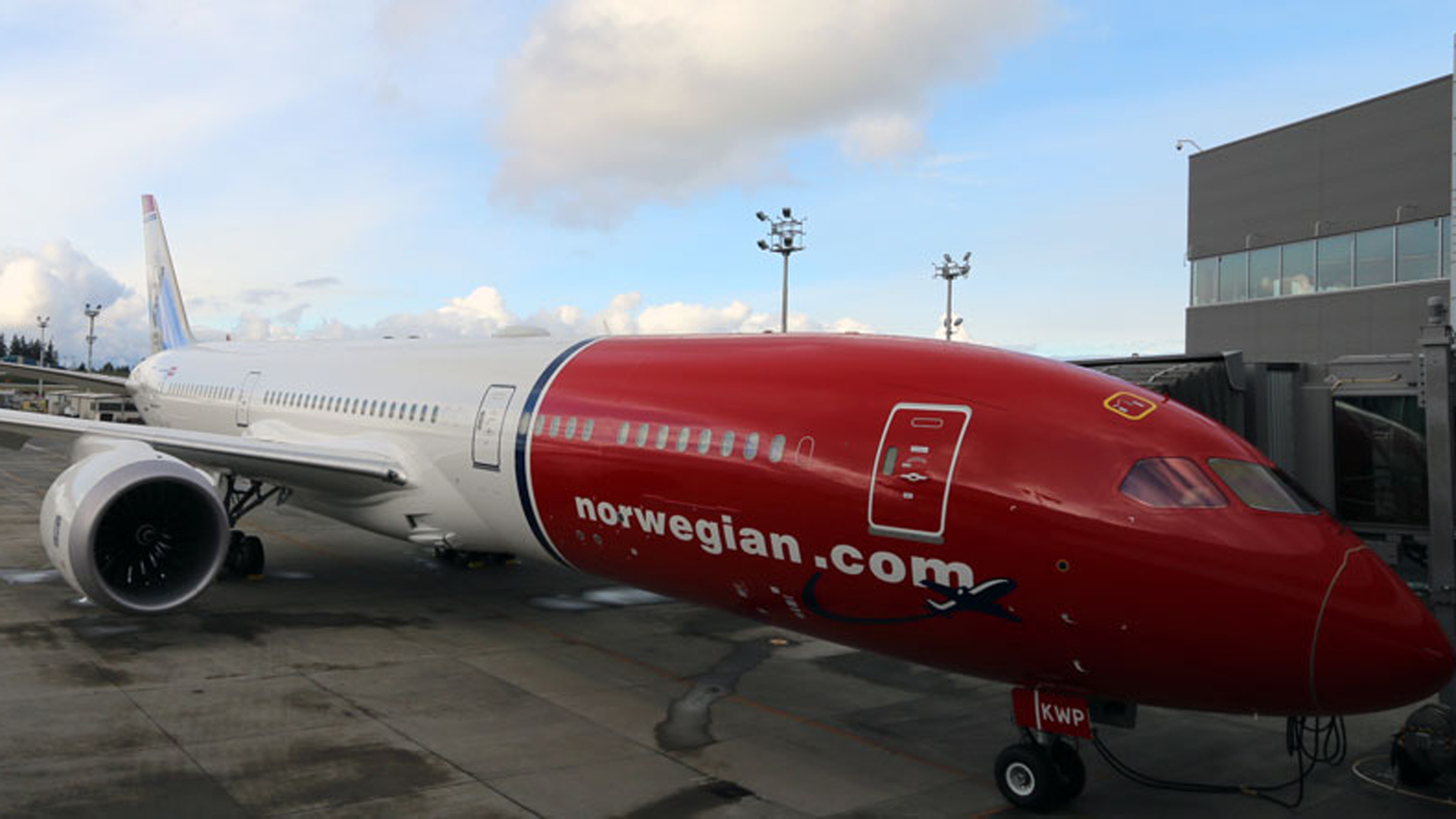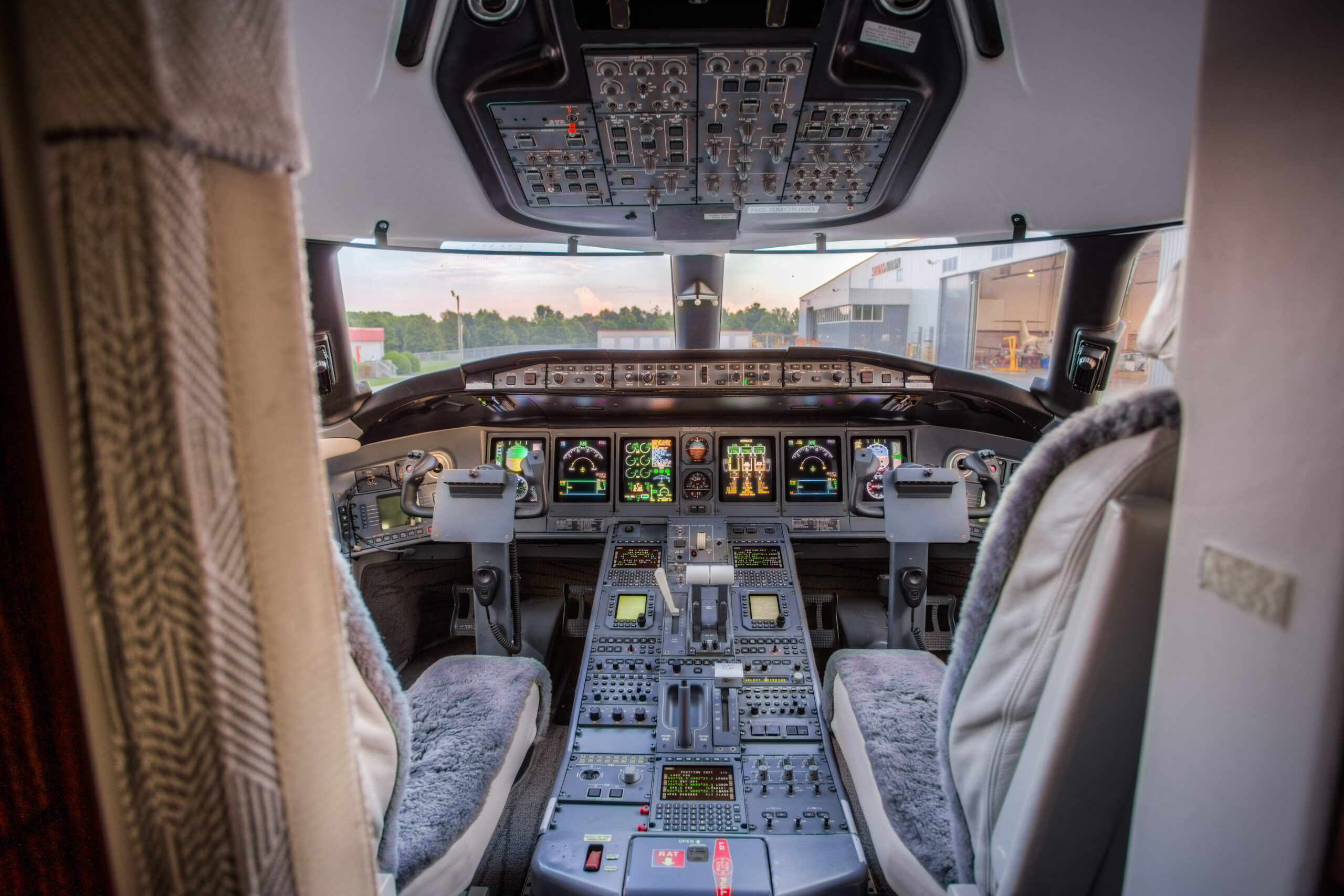Embraer jet operators now have access to SmartSky Networks’ best-in-class inflight connectivity. StandardAero, via its Organization Designation Authorization (ODA) from the Federal Aviation Administration (FAA), was awarded the first Supplemental Type Certificate (STC) for multiple Embraer aircraft models. The prestigious maintenance, repair and overhaul (MRO) provider and trusted SmartSky installation and distribution partner now can complete SmartSky 4G LTE installations on the Embraer ERJ135/140/145 series for airlines and the Legacy 600/650 aircraft models common in business aviation.
“This allows a significant section of the aviation community to access SmartSky’s affordable and secure inflight connectivity solution,” says StandardAero Certification Services Director John Miedwig. “The demand for a more compelling user experience is driving our customers to new IFC networks and services like those SmartSky has demonstrated to the marketplace.”
StandardAero will perform Embraer installations at its business aviation service locations, including Augusta, Georgia; Houston, Texas; and Springfield, Illinois. The company is also working on additional SmartSky business aviation STCs for the popular Embraer Legacy 450 and Legacy 500 aircraft, as well as Dassault Falcon 7X, 8X and 50EX models.
“Customers benefit greatly from StandardAero’s expertise in STC certification,” says Nancy Walker, CCO, SmartSky Networks. “Maintaining exceptionally high safety standards while designing the STC to minimize installation time makes a significant, positive impact on customers’ schedules. StandardAero’s well-earned reputation, honed over 100 years, exemplifies the strength of SmartSky’s partner and distribution network.”
Prospective customers should schedule their 2019 installation now with StandardAero, which also provides a variety of other avionics capabilities. In addition to completing upgrades for the upcoming ADS-B Out deadline, the company is a well-established ODA and has years of experience in the aviation certification process.
SmartSky’s first-of-its-kind, real-time system provides over 10 times the speed of legacy airborne connections. The ground-based components of the system are being deployed throughout the contiguous United States using a mix of 4G LTE and emerging 5G technologies, similar to some of the recent improvements in terrestrial cellular networks. SmartSky recently closed a $104 million round of funding, pushing its total funding to date near $350 million.

